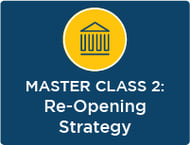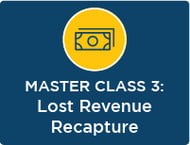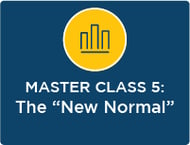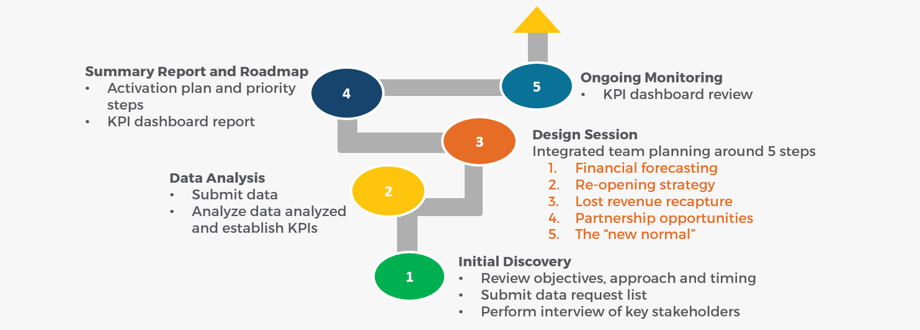While physicians, clinical providers, and operational staff are focused on patient care and the clinical side of healthcare during the COVID-19 pandemic, financial leaders—CFOs, including, finance, business, strategy and contracting/payer relations teams—are confronted with the extreme financial challenges the pandemic has created.
Their challenge? Forecast the pandemic’s effects on the bottom line and then plan to implement financial recovery success strategies.
The process is easier said than done, however, and requires financial leaders to ask themselves several important questions:
- What steps do providers need to immediately implement and manage for the fastest track to financial recovery?
- With the financial pressures and the gradual phases to recovery, how do healthcare organizations manage costs and resources throughout the recovery phases—while being ready for a possible second wave?
- Can healthcare providers stabilize and preserve revenue by partnering with governmental and commercial payers and employers? Can they leverage these partnerships to develop a strategy for new revenue opportunities?
- How can providers leverage telehealth, innovation, and technology to assist with financial recovery while delivering quality care in a safe and cost-effective manner?
- What impact will the pandemic have on the future of healthcare provider organizations, and what will the “new normal” look like?
Fortunately, leaders do not need to chart this course by themselves and can now rely on the Lumina Leadership Institute's Financial Recovery Program.
About the free on-demand Financial Recovery Program
Under the Lumina Leadership Institute, the Financial Recovery Program is a 5-step, self-paced master class to support healthcare providers in their financial recovery journey post COVID-19.
Lumina Health Partners, with decades of strategic and financial experience guiding healthcare providers, is offering a turnkey approach to assist healthcare provider organizations position the organization not only for survival but success.
This program walks through a comprehensive 5-step strategic approach to support providers in their financial recovery efforts while providing a path for long-term partnership opportunities in the value-based care (VBC) environment.
One segment of the complete Financial Recovery Program is our series of five master class webinars based around integrated team planning for financial recovery, and we’re delighted to be able to offer this to you at no charge.
Here is what the free on-demand master class program has in store:
Master Class 1: Financial Forecasting
Master Class 1 provides an overview of the development of a financial recovery roadmap including the four required goals, developing financial model projections based on key levels (expenses, revenue, volume, capacity planning, subsidies/loans, cash flow, and margin) and a list of key performance indicators to support the development of a financial recovery dashboard report.
Master Class 2: Re-Opening Strategy
![]() Master Class 2 provides an overview of a re-opening strategy for non-COVID-19 patients across all service lines and facilities. The proposed phased approach for health systems based on federal and medical association guidelines will be discussed, along with considerations for re-opening non-emergent healthcare services and modeling the impact of the surge on resources and finances. This includes a forecasting model for surge management and incorporates the KPIs from the Session 1 financial recovery dashboard.
Master Class 2 provides an overview of a re-opening strategy for non-COVID-19 patients across all service lines and facilities. The proposed phased approach for health systems based on federal and medical association guidelines will be discussed, along with considerations for re-opening non-emergent healthcare services and modeling the impact of the surge on resources and finances. This includes a forecasting model for surge management and incorporates the KPIs from the Session 1 financial recovery dashboard.
Master Class 3: Lost Revenue Recapture
![]() Master Class 3 explores avenues for providers to recover revenue based on the financial model, including revenue cycle management and cash acceleration, payer negotiations, new services and business opportunities such as telehealth, and optimizing service lines into centers of excellence and direct-to-employer contracting. Leaders need to understand their financial deficit compared to budget, helping them develop their strategy to recapture lost revenues and margin through various revenue recovery/cost reduction efforts.
Master Class 3 explores avenues for providers to recover revenue based on the financial model, including revenue cycle management and cash acceleration, payer negotiations, new services and business opportunities such as telehealth, and optimizing service lines into centers of excellence and direct-to-employer contracting. Leaders need to understand their financial deficit compared to budget, helping them develop their strategy to recapture lost revenues and margin through various revenue recovery/cost reduction efforts.
Master Class 4: Partnership Opportunities
![]() Master Class 4 explores partnership opportunities with commercial payers, the one stakeholder not experiencing a financial crisis during the pandemic. The discussion includes opportunities to re-negotiate with payers on both the fee-for-service side and the value-based care (VBC) side. The intent is to negotiate new, creative revenue sources that can immediately serve as an accelerator into VBC and help providers be less dependent on fee-for service revenues. Renegotiating commercial payer contracts and direct-to-employer initiatives is reviewed.
Master Class 4 explores partnership opportunities with commercial payers, the one stakeholder not experiencing a financial crisis during the pandemic. The discussion includes opportunities to re-negotiate with payers on both the fee-for-service side and the value-based care (VBC) side. The intent is to negotiate new, creative revenue sources that can immediately serve as an accelerator into VBC and help providers be less dependent on fee-for service revenues. Renegotiating commercial payer contracts and direct-to-employer initiatives is reviewed.
Master Class 5: The New Normal
![]() Master Class 5 explores the strategies around maintaining the positives that came out of the provider response to the pandemic and sustaining these as the new normal. This includes the areas of technology, growth and cost efficiencies that will position organizations for future value-based care and contracts.
Master Class 5 explores the strategies around maintaining the positives that came out of the provider response to the pandemic and sustaining these as the new normal. This includes the areas of technology, growth and cost efficiencies that will position organizations for future value-based care and contracts.
|
|
|
|
|










